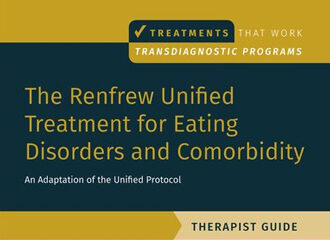Written By: David Oliver
Published by: USA Today

His torso wasn’t flat enough. Her stomach, arm and thighs looked too big. The number on the scale still haunts him.
Botox and fillers and liposuction and steroids and abs on abs on abs stare back at us regularly on our TikTok screens, beckoning us subconsciously to question how we look – a reflection of a culture long shaped by body image ideals, now hammered home to a younger generation at all hours.
For many members of the LGBTQ community, concerns about body image range from general dissatisfaction to body dysmorphia to eating disorders on top of added stressors associated with queerness. Each story is different – many queer men strive for abs, queer women for thinness – but paints a cautionary tale about the dangers of comparison. The queer community today faces unique societal pressure to look a certain way thanks to the ongoing influence of social media in the microcosm of LGBTQ spaces, both online and in real life.
Chris Henrie is in recovery from anorexia and body dysmorphia. “It’s always there in the back of my head,” he says, “telling me that I’m not good enough, or I don’t look good enough or this part of my body is flawed.”
What is body dysmorphia and body dysmorphic disorder?
It’s a mental health condition, according to the Mayo Clinic, in which you harp on perceived flaws in your appearance (and not to be confused with gender dysphoria).
While the terms are used interchangeably, body dysmorphia is technically a symptom of body dysmorphic disorder, but not the condition itself. It’s also not an eating disorder even though they’re related.
Remember, too, that “if you’re suffering in any way, you don’t have to (fit) neatly into an eating disorder diagnosis or you don’t have to fit neatly in body dysmorphic disorder to get support for your mental health or for your physical health,” says Samantha DeCaro, director of clinical outreach and education at The Renfrew Center.
Click here to read the full article.



